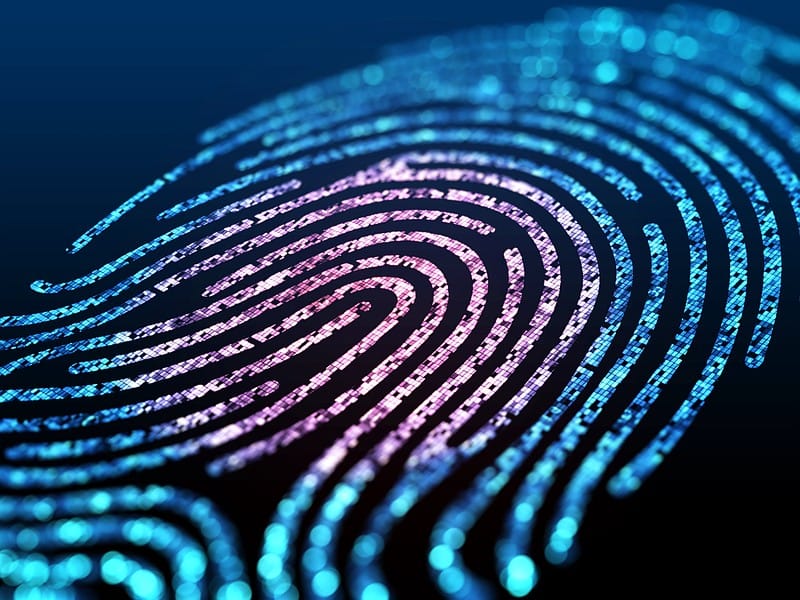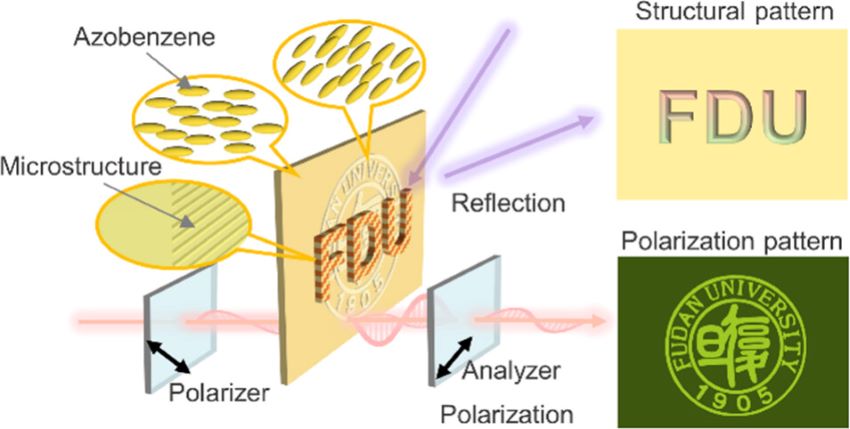New Anticounterfeiting Technique Packs Two Light-Reactive Images into One Material

According to a new research report published in the journal Langmuir, scientists have successfully developed a new photopatterning technique that creates two light-reactive images in one material.

© Langmuir 2024, 40, 22, 11766-11774.
Previous research teams faced significant challenges in producing ‘dual-mode’ films, where two patterns can be separately stored and viewed. The primary hurdle was the compromise in the quality of the first image when creating the second one. Overcoming this, Lang Qin, Yanlei Yu and their team from Fudan University, China, devised a solution for creating two distinct types of images within the same film: a polarisation pattern and a structural pattern.
The researchers started with a layer of azobenzene-containing liquid crystal polymer (ALCP) to construct their dual-patterned film. They used ALCP for the film’s material because azobenzene can create sharp images with polarised light (light that’s been filtered so all the waves are aligned in a specific direction) and because liquid crystal polymers are easy to manipulate into intricate patterns for vibrant structural images.
For the structural image, they imprinted a micropatterned ‘FDU’ (for Fudan University) into the polymer – like pressing a pattern into a wax seal on an envelope – and then cured the image with green light.
The researchers placed a stencil of the university’s seal over the film to create the polarisation pattern on top of the structural image. Then, they exposed it to polarised light, which changed the orientation of the azobenzene molecules in the polymer. The process created a pattern that is not visible in ambient light but is revealed in polarised light.
Under ordinary light, the resulting film showed the FDU letters as the light reflected off the structural image. Then, when polarised light shone through it, the film revealed the university’s seal. As both images are created without chemically changing the material’s molecular structure, the film has the added benefit of being rewritable, allowing the user to pattern new images when needed.
The researchers assert that their dual-mode, ambient and polarised light film holds significant promise for a wide range of high level security applications.




